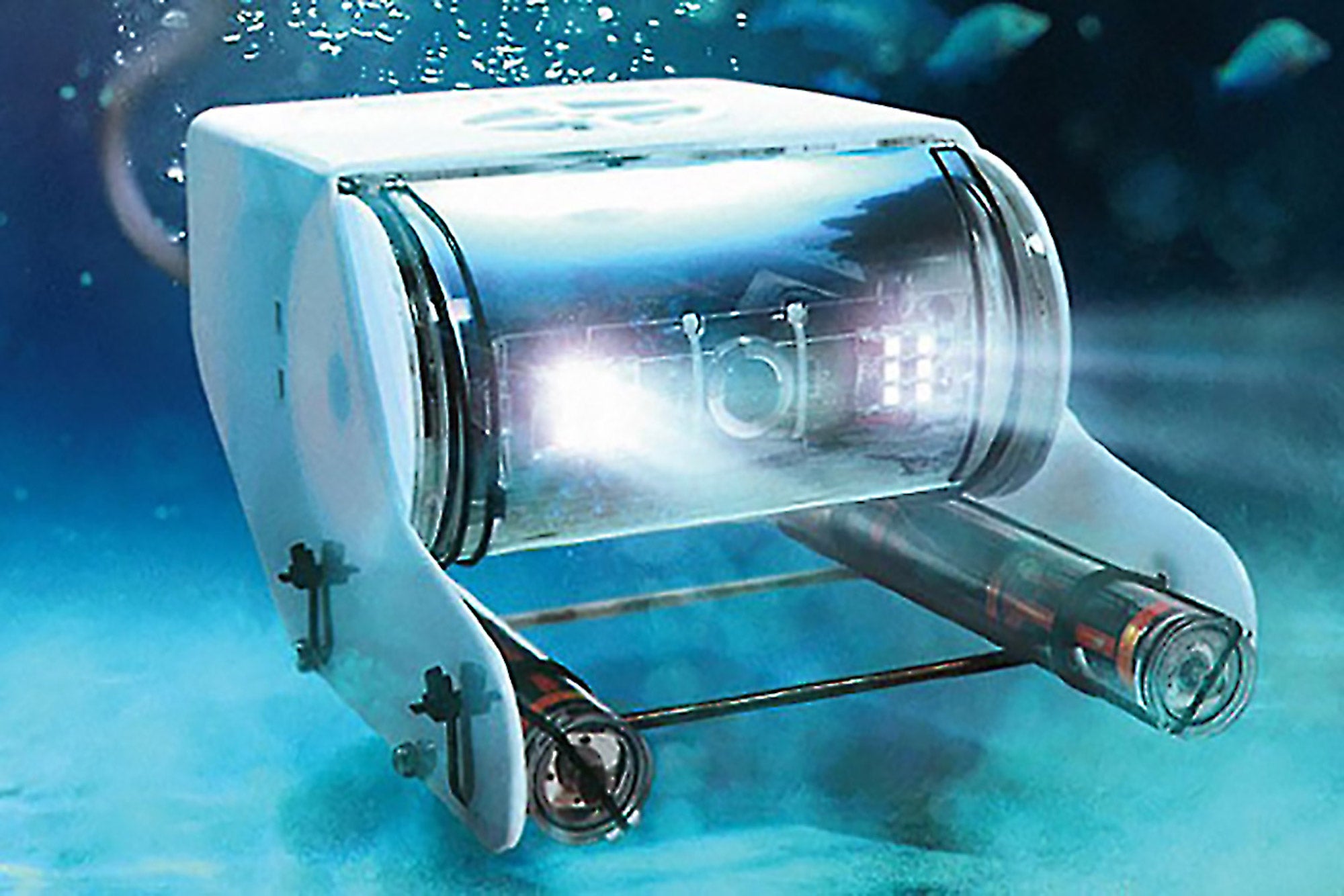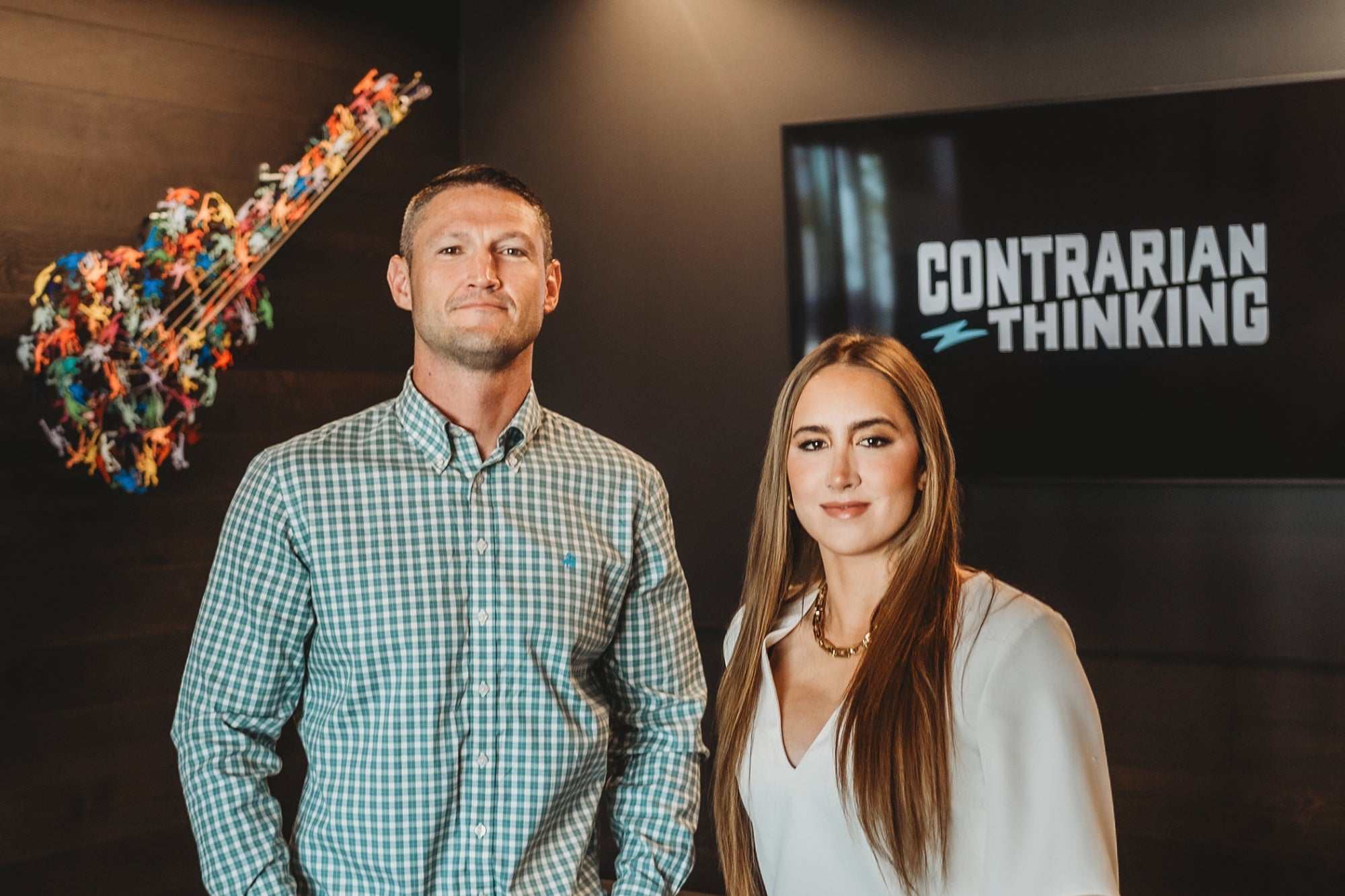Exploring the Deep Ocean With Underwater Robots Underwater robots give scientists and budding explorers a way to dive in.
Opinions expressed by BIZ Experiences contributors are their own.

BIZ Experiencess: Eric Stackpole, a former NASA intern who thought space exploration was going to be his career, and David Lang, who managed a San Francisco-based sailing school before joining a crowdfunding startup that later flopped. The two launched OpenROV, which makes open-source underwater robots.
"Aha" moment: Stackpole--whose first love is telerobotics ("any device you can use to see a faraway place without physically having to be there")--realized while at NASA that "you need a huge amount of money, if not a government, to get into orbit." He also noted that the NASA team working on underwater remotely operated vehicles (ROVs) "looked like they were having more fun." So he turned his attention to underwater exploration, "because you know you'll see other species--and all you need is curiosity and a shoreline," Stackpole started working on an ROV concept in 2009.
Sea more: Stackpole and Lang, who lean more toward the maker culture than the scientific, used off-the-shelf parts and plastic scraps from the laser cutter at their local TechShop--a nationwide chain of membership-based workshops--to build prototypes. Their low-rent approach made it possible for the company to sell the robot kits for a reasonable $849 apiece.
Weighing in at just 5.5 pounds, OpenROVs are telerobotically controlled underwater robots that can swim in any body of water the curious may want to explore. As the OpenROV moves through the water, it shoots images back above ground using a forward-facing HD USB webcam and LED lights. The robots are powered by lithium batteries.
Everyone in the pool: The ROV's software and hardware is all open source. "It's always been, Here's the direction we're going, and we don't know if it's going to work out, but we invite you to come along," Lang says. "This isn't about DIY. It's really about do it together and coming up with something more beautiful because of that collaboration."
More than 2,000 people have signed up to collaborate through the OpenROV website; some have also dropped by the Berkeley, Calif., office to bounce ideas around in person. When a group of archaeologists invited Stackpole and Lang (and their ROVs) to Mexico to look for artifacts in underwater caves, they were unable to attend but sent a community member in their stead.
Getting their feet wet: After starting with their own pocket change, Stackpole and Lang launched a Kickstarter campaign in mid-2012 seeking $20,000. It brought in $111,622. A year later, venture capitalist True Ventures sent $1.3 million OpenROV's way.
Sunken treasure: OpenROV has shipped more than 500 kits since 2012. "Our goal is really to get out there and empower people to explore," Stackpole says. The duo declined to disclose revenue.
Lang and Stackpole have heard about ROV units being used by a wide range of people, including aquaculturists, conservationists looking for invasive species, teachers, engineers who need to inspect pipes and, yes, even marine scientists.
"We're living in a really extraordinary time," Lang says. "Here are two guys with almost no money, and we're building submarines in Eric's garage because we had access to prototyping tools at TechShop. All of a sudden you don't need much to get something off the ground."
Science, meet your makers: The two were invited to demonstrate their product at an oceanographic conference, where the crowd, accustomed to pricey scientific equipment, thought the less-than-$1,000 OpenROV "was so cheap," Stackpole says. "What we've always wanted for OpenROV is to bridge the gap between professional equipment that no individual can afford and toys that scientists can't use. We want to build something that anybody can have access to but is really useful for legitimate research."












